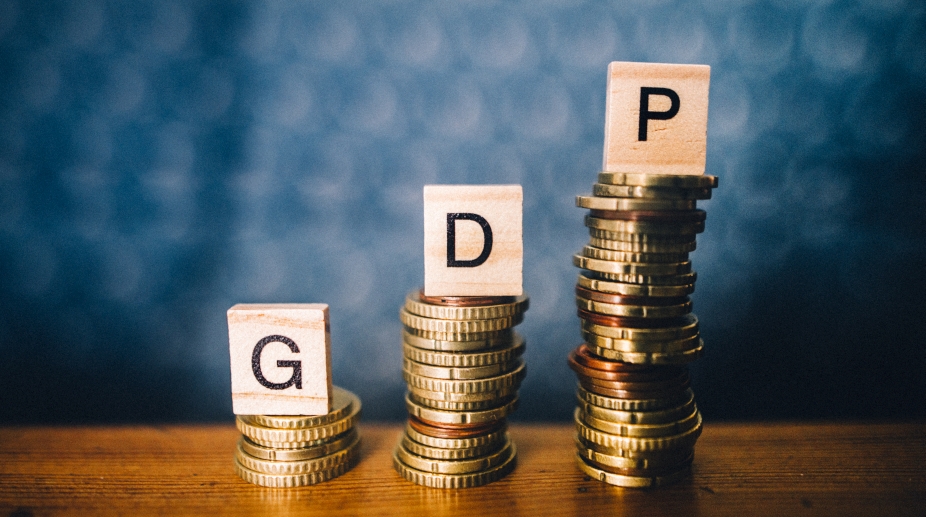Lifts the mood but Moody’s isn’t all
The government, which had been facing a lot of criticism from opposition parties and also a few economists in the…

PHOTO: Getty Images
The Fiscal Responsibility and Budget Management (FRBM) Committee, headed by former revenue and expenditure secretary N K Singh, tasked with redrawing the fiscal consolidation roadmap, has set a target of 2.4 per cent of the GDP by financial year 2022-23.
Sources said the panel has recommended sticking to the fiscal deficit at 3 per cent for the next fiscal and keeping it there for the next 3 years till 2019-2020 and thereafter reducing the fiscal deficit by 20 basis points each year from 2020-2021 to 2022-2023 to reach a target of 2.4 per cent.
Advertisement
Fiscal deficit is defined as the difference between total revenue and total expenditure of the government. It is an indication of the total borrowings needed by the government. Generally, fiscal deficit takes place either due to revenue deficit or a major hike in capital expenditure. It is a key yardstick for global credit rating agencies to rate economies.
Advertisement
Arvind Virmani, former chief economic adviser, said, “The fiscal deficit is an indicator where the global rating agencies rate the economies. If one has to improve its ratings, the fiscal deficit should be reduced. In the medium term, if the country needs to be stronger it has to reduce its fiscal deficit to zero. I am very happy as the FRBM committee, for the first time, recommended to reduce the fiscal deficit target below 3 per cent. This is a step in the right direction.”
Sources indicated that the committee has given an ‘escape clause’ to sway from the fiscal deficit target by 50 basis points for the next fiscal year. However, the ‘escape clause’ can be triggered on three occasions. The first is acts of aggression, security, war, floods, natural disaster or a sharp drop in agricultural production leading to distress in rural areas. Secondly, a sharp decline in real output growth of at least 3 percentage points below the average of previous four quarters. The third is that the structural changes which would have revenue implications that are unanticipated.
The Singh committee proposed a fiscal deficit target of 3 per cent for the fiscal year 2017-18. The government had kept the fiscal deficit for 2015-16 was 3.9 per cent of GDP by it was countered by the CAG in its report where it has recently noted that the fiscal deficit was actually higher at 4.3 per cent last year.
While presenting the Union Budget 2017-18 on 1 February, Union Finance Minister Arun Jaitley said the government will sway slightly from its fiscal deficit target for the next financial year to 3.2 per cent of gross domestic product, from the previous aim of 3 per cent.
The five-member committee also including Reserve Bank of India Governor Urjit Patel, former finance secretary Sumit Bose, chief economic adviser Arvind Subramanian, and National Institute of Public Finance and Policy Director Rathin Roy was constituted in May 2016.
Advertisement